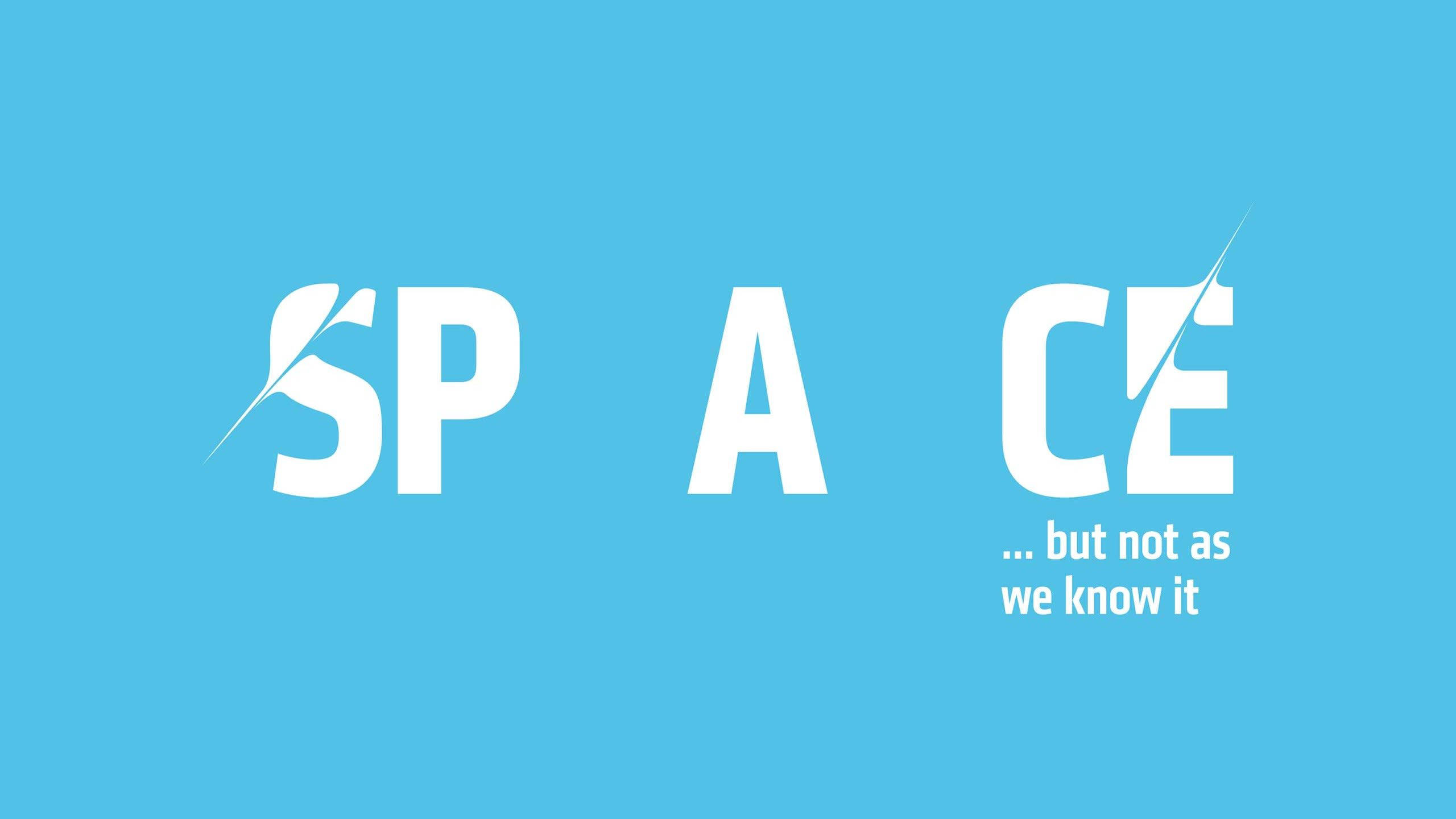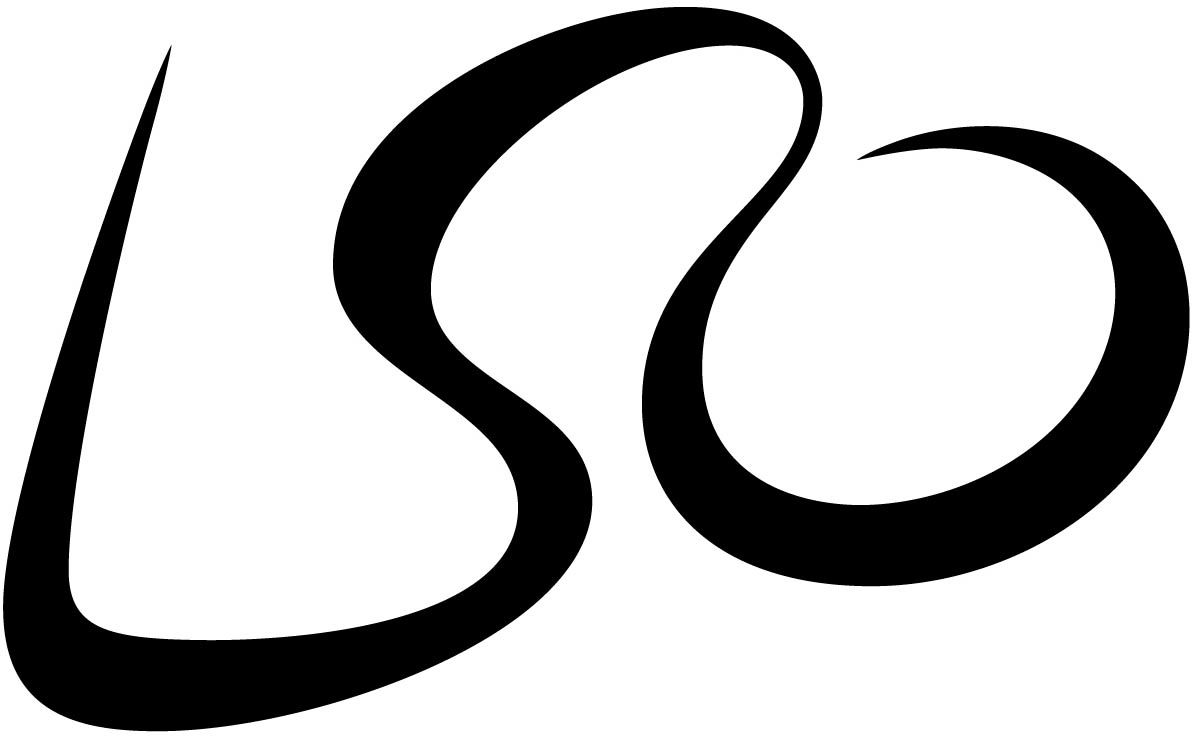
Washing hands … social distancing … avoiding contact.
The way we move around, work and even look at the world has changed for now. Orchestras are not exempt from this ‘new normal’: our musicians have to sit further apart than usual, avoid sharing music stands and equipment, wear masks and use shielding screens. But the notion of distancing is not new in our world!
Composers as far back as Giovanni Gabrieli (1554–1612) and Antonio Vivaldi (1678–1741) thought carefully about where to place their musicians in the spaces they worked in. Many composers have continued to use the techniques they invented over the centuries in between.
In this concert we will explore some of these musical innovators and discuss all aspects of space – just not the astronomical kind!
Today's Programme
Beethoven Extracts from Symphony No 5
Berlioz Scène aux champs from 'Symphonie Fantastique'
Ives The Unanswered Question
Prokofiev Birth of Kijé from 'Lieutenant Kijé'
Haydn Extract from Symphony No 45, 'Farewell'
Jessica Cottis conductor
Rachel Leach writer & presenter
London Symphony Orchestra
Visit our website for fun activities to do at home to help you understand more about the music.

Meet the Composers

Ludwig van Beethoven
1770–1827
Extracts from Symphony No 5
(Movements 1 & 4
)
Beethoven was in appearance and manner a very unlikely genius. He was sometimes dirty, dishevelled, rude, aggressive, unpredictable and eccentric. But his music told another story.
Tragedy struck at age 28 when he began to go deaf, and soon he could only hear his greatest works by imagining the sounds in his head.
We will explore his iconic Fifth Symphony and discover how he moves an extremely simple idea all over the orchestra and the stage.


Hector Berlioz
1803–1869
Scène aux champs from 'Symphonie fantastique'
(Movement 4)
Berlioz was one of the most flamboyant composers of the Romantic period. He lived in France and was hugely influenced throughout his life by Beethoven, Shakespeare and the Romantic literature of the day.
He led an emotionally charged life and his music reflects this. His most famous (and controversial) piece is Symphonie fantastique, the third movement of which features a conversation between two ‘shepherds’ across a large distance.
To portray this in sound, Berlioz chooses the oboe and its bigger relative the cor anglais. One is placed on-stage, the other far away off-stage. The space between them perfectly adds to the story Berlioz wants to tell.
Charles Ives
1874–1954
The Unanswered Question
American composer Charles Ives received his first music lessons from his bandleader father, who would encourage him to stand in the town square and listen to two contrasting bands simultaneously. This and other early ‘ear-stretching’ experiments had a lasting effect on Ives’ music.
The Unanswered Question features a solo trumpet playing one idea several times and asking ‘the eternal question’. This is answered by a flute quartet who grow increasingly frustrated. Meanwhile the string section plays a soft, continuous hymn in the background.
All three sections of the orchestra are carefully positioned in the space for maximum dramatic effect.


Sergei Prokofiev
1891–1953
Birth of Kijé from 'Lieutenant Kijé'
(Movement 1)
Prokofiev was a Russian composer and pianist who is now regarded as one of the best composers of the 20th century. He began composing when he was five and wrote his first opera when he was just nine!
Lieutenant Kijé was a popular Russian novel that was turned into a film in 1933. Prokofiev provided the music for the movie, choosing his instruments carefully to describe four main characters.
An off-stage trumpet at the very beginning perfectly evokes the story’s setting – a cold and lonely Russian army base.
Joseph Haydn
1732–1809
SExtract from Smphony No 45, 'Farewell'
(Movement 4)
Haydn was a very important composer in Austria in the 1700s. He ‘invented’ the symphony (he wrote over 100), revolutionised the string quartet (he wrote over 60) and fixed the rules of Classical music.
His ‘Farewell’ Symphony was written in 1772 and is so called because the players are asked to leave the stage one by one during the last movement – they were desperate to get home to their families!
Notes by Rachel Leach

Meet the Conductor

Jessica Cottis
conductor
© Kaupo Kikkas
© Kaupo Kikkas
Hailed in the UK music press as 'one to watch', Jessica Cottis is a charismatic figure on the podium. Frequently in demand as a guest conductor, highlights of recent seasons have included performances with the Sydney Symphony, London Philharmonic Orchestra, Royal Philharmonic , BBC Symphony and BBC Concert Orchestras, BBC National Orchestra of Wales, L’Orchestra Sinfonica di Milano Giuseppe Verdi (laVerdi), l’Orchestre Philharmonique de Monte Carlo, New Zealand Symphony Orchestra, and recording with the BBC Scottish Symphony Orchestra.
A gifted communicator, Jessica is already acting as an inspiration to the younger generation. She has filmed projects for Play School (ABC Australia), CBeebies (BBC) and the Royal Opera House, has conducted projects with organisations such as the National Youth Orchestra of Great Britain and Sistema Scotland, and led courses for female conductors with London’s Royal Philharmonic Society.
Her international career was launched through close working relationships with mentors including Vladimir Ashkenazy and Donald Runnicles. In 2014 Jessica took up the position of Principal Conductor of the Glasgow New Music Expedition, and in 2015 was appointed Associate Member of the Royal Academy of Music (ARAM), an honorary award for former students who have made a significant contribution to the music profession.
Rachel Leach
presenter
Rachel Leach was born in Sheffield. She studied composition with Simon Bainbridge, Robert Saxton and Louis Andreissen. Her music has been recorded by NMC and published by Faber. She has won several awards including, with ETO, the RPS award for Best Education Project 2009 for One Day, Two Dawns.
Rachel has worked within the education departments of most of the UK’s orchestras and opera companies. The majority of her work is for the London Symphony Orchestra and the London Philharmonic Orchestra. Rachel has written well over 20 pieces for LSO Discovery and 15 community operas, including seven for ETO.
Alongside this she is increasingly in demand as a concert presenter. She is the presenter of the LSO Discovery Friday Lunchtime concert series and regularly presents children’s concerts and pre-concert events for the LSO, LPO, BBC Proms, Royal College of Music and Wigmore Hall
In Spring 2013 Rachel was awarded Honorary Membership of the RCM in recognition of her education work.
Meet the Orchestra
On stage:

Leader
Roman Simovic
First Violins
Carmine Lauri
Clare Duckworth
Ginette Decuyper
Laura Dixon
Gerald Gregory
Maxine Kwok
William Melvin
Claire Parfitt
Elizabeth Pigram
Laurent Quénelle
Harriet Rayfield
Second Violins
Julián Gíl Rodríguez
Thomas Norris
Sarah Quinn
Miya Väisänen
Naoko Keatley
Alix Lagasse
Csilla Pogany
Belinda McFarlane
Iwona Muszynska
Andrew Pollock
Paul Robson
Violas
Edward Vanderspar
Gillianne Haddow
Malcolm Johnston
Anna Bastow
Stephen Doman
Robert Turner
Cellos
Rebecca Gilliver
Jennifer Brown
Laure Le Dantec
Amanda Truelove
Eve-Marie Caravassilis
Double Basses
Colin Paris
Patrick Laurence
Thomas Goodman
Joe Melvin
Jani Pensola
Flutes
Gareth Davies
Patricia Moynihan
Jack Welch
Piccolo
Sharon Williams
Oboes
Olivier Stankiewicz
Rosie Jenkins
Cor Anglais
Rosie Jenkins
Clarinets
Chris Richards
Chi-Yu Mo
Saxophone
Simon Haram
Bassoons
Daniel Jemison
Dominic Tyler
Contra Bassoon
Dominic Morgan
Horns
Timothy Jones
Angela Barnes
Daniel Curzon
Flora Bain
Trumpets
Jason Evans
Matthew Williams
Niall Keatley
Trombones
Peter Moore
James Maynard
Bass Trombone
Paul Milner
Tuba
Ben Thomson
Timpani
Nigel Thomas
Tom Edwards
Percussion
Sam Walton
David Jackson
Meet the Members of the LSO on our website.
About the London Symphony Orchestra & LSO Discovery
The London Symphony Orchestra is built on the belief that extraordinary music should be available to everyone, everywhere. From orchestral fans in the concert hall to first-time listeners across the UK, Europe and the world.
The London Symphony Orchestra was established in 1904, as one of the first orchestras shaped by its musicians. Since then, generations of remarkable talents have built the LSO’s reputation for uncompromising quality, and inspirational repertoires.
Today, the LSO is ranked among the world’s top orchestras, with a family of artists that includes Music Director Sir Simon Rattle, Principal Guest Conductors Gianandrea Noseda and François-Xavier Roth, and Conductor Laureate Michael Tilson Thomas.
The LSO is Resident Orchestra at the Barbican in the City of London, and also reaches international audiences through touring, artistic residencies and digital partnerships, including with Aix-en-Provence, the Music Academy of the West in Santa Barbara, and global broadcasters.
Through a world-leading education and community programme, LSO Discovery, the LSO connects people from all walks of life to the power of great music. Based at LSO St Luke’s, the Orchestra’s community and music education centre and a leading performance venue on Old Street, LSO Discovery’s reach extends across East London, the UK and the world.
LSO musicians are at the heart of this unique programme, leading workshops, mentoring bright young talent, performing at free concerts for the local community and using music to support adults with learning disabilities. LSO musicians also visit children’s hospitals, and lead training programmes for music teachers.
The ambition behind all of this work is simple: to share the transformative power of classical music with people who would not normally experience it. The impact is unrivalled, and every year, LSO Discovery reaches thousands of people of all ages.
In 1999, the LSO formed its own recording label, LSO Live, and revolutionised how live orchestral music is recorded, with over 150 recordings released so far. Overall, the LSO has made more recordings than any other orchestra.

Thank You for Watching
The support of our audience has truly never been more important for the Orchestra and its world-class artistic programme. By supporting us now and in the months to come, you will help us to continue to adapt our music-making and activities to meet the challenges of these times, including sharing the gift of music through our LSO Discovery programme.
Have Your Say
Your input helps to keep our Family Concerts the best they can be! Let us know what you loved and want to see again, or what you would change, by filling in our short survey.
Keep Exploring
Find out more about LSO Discovery and check out our free digital activities for schools, young people and families on our website.
How to Build an Orchestra
Suitable for ages 7+
Discover everything about orchestras and their instruments with our beautifully illustrated children's book How to Build An Orchestra, produced in association with Hachette Children‘s Group, and our free resources.
Where's Simon?
Suitable for ages 7+
An online concert, suitable for families and carers with children aged 7+, featuring Sir Simon Rattle and musicians from the LSO. Test out what you have learnt by trying out our quiz and explore some listening recommendations directly from the LSO players.
LSO Play
Suitable for ages 7+
The award-winning LSO Play is a free interactive and immersive web app, allowing you to experience the LSO on stage at the Barbican – anytime, anywhere.

Coming Soon: A Singalong Christmas
Sunday 13 December 3pm GMT
A chance to sing along and celebrate the festive season with the LSO from the comfort of your sofa, in a concert led by LSO Choral Director Simon Halsey.
Free broadcast on YouTube
Available to watch for 90 days
Follow us on Facebook, Twitter and Instagram for trailers and teaser videos, including a sneak peek of the singalong music and some tips to get you ready to sing at the top of your lungs!
The copyrights of the introductory and programme material are held by:
Copyright © Rachel Leach 2020
Copyright © London Symphony Orchestra 2020


